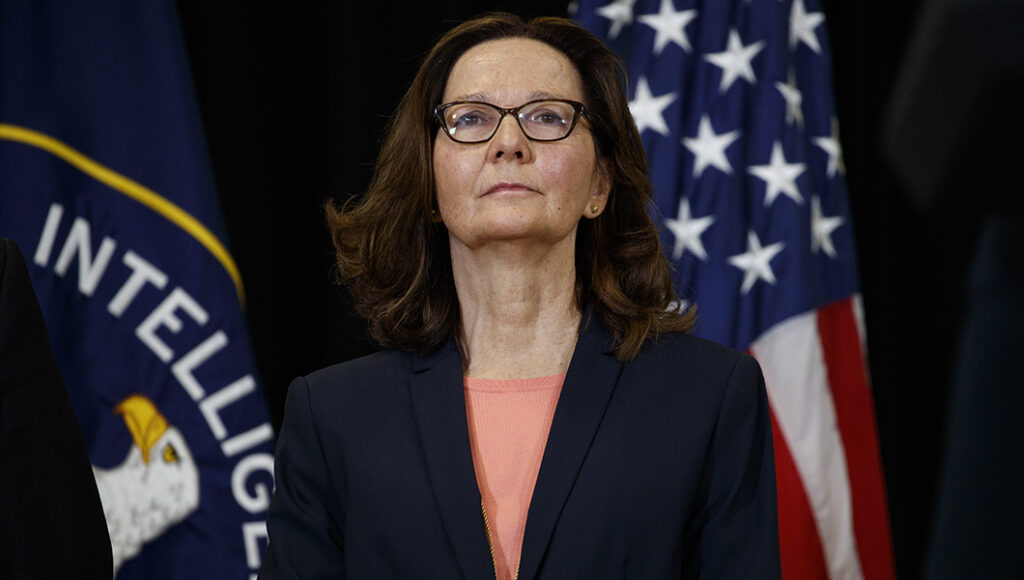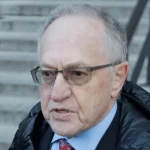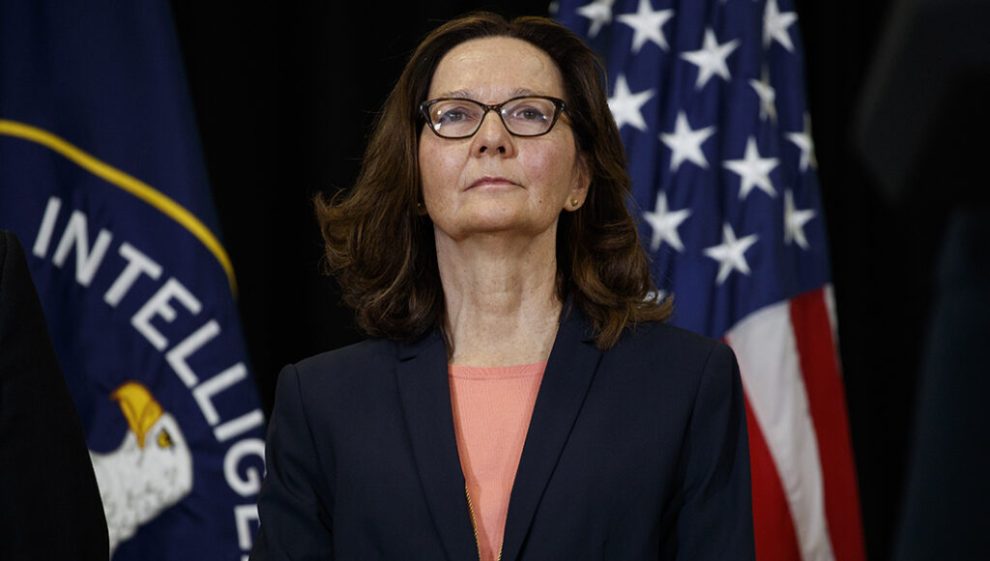Reams of documents, new and old, reveal that the intelligence community worked diligently against the public release of information related to its investigation of Russia’s alleged intervention to assist President Donald Trump during the 2016 election. Proponents of the intelligence community argue this was done to preserve national security, but detractors believe the roadblocks were elements of a plot to harm the incoming president’s reputation.
Some of the newest records related to the intelligence community’s push against Russia investigation transparency came on July 23, when the House Permanent Select Committee on Intelligence’s Republican staff released a memo detailing ways the then-Director of National Intelligence, the FBI, and, according to a statement made to the Washington Examiner by a HPSCI staffer, the CIA obstructed the drafting of its classified 2020 majority report, which DNI Tulsi Gabbard declassified and released last week. The majority report revealed numerous holes in the 2017 Intelligence Community Assessment, which found that Russia had sought to help Trump win the White House in 2016.
The report cited non-public materials to conclude that the intelligence community ignored its own standards of evidence to support claims that the Russians supported Trump in 2016, excluded evidence that conflicted with that narrative, misrepresented the sources of some of the information tying Trump to Russia to make it seem more authoritative, and included information from the largely discredited Steele dossier to support its conclusions — a fact that high-ranking intelligence officials such as former CIA Director John Brennan previously denied before Congress.
While dredging up this information, Republican HPSCI staff claim to have faced stiff resistance.
The DNI denied staffers the use of computers to draft their report for four months, rejected requests to link committee staff’s computers — thus baring them from working collaboratively — for 10 months, provided printers that took 35 minutes to print a single color copy of a report, and prohibited the use of standard search tools “designed for efficiently and securely searching and managing voluminous and complex classified and unclassified reporting,” according to the staff memo. The FBI, meanwhile, ignored and denied “informal and formal” requests to interview agents involved in drafting the 2017 ICA.
Most of the committee’s work was done in a secure records vault at CIA Headquarters. A spokeswoman for the HPSCI told the Washington Examiner that any obstruction detailed in the report that was not explicitly attributed to the DNI or FBI “occurred by and at CIA.” This included failure to deliver properly working hardware despite numerous requests, the provision of documents in difficult-to-parse formats, such as notebooks with broken rings, and refusal to allow searches of raw intelligence records.
“Most all of the obstruction listed in the backgrounder was conducted by [the] CIA,” the HPSCI spokeswoman said.

The HPSCI’s inquiry unfolded during the tenure of two CIA directors: Mike Pompeo and Gina Haspel. Haspel has been linked to other efforts to suppress information about the intelligence community’s Russia investigation.
She, for example, sternly opposed the public release of a classified memo drafted by former Rep. Devin Nunes (R-CA) and his staff. The memo alleges that the FBI relied on unverified information originating from the Steele dossier to issue a Foreign Intelligence Surveillance Act, better known as FISA, warrant in relation to the Trump-Russia investigation. Haspel resisted the release of the memo on the grounds that it would unnecessarily expose the intelligence community’s sources and methods.
Though the memo was eventually released, the fight over its publication remained a point of contention for the rest of her tenure in the first Trump administration. Trump, for instance, reportedly mulled firing Haspel following the 2020 election as he pushed for the release of more documents, which the intelligence community viewed as a threat to national security.
Beyond fighting against releasing documents related to the intelligence community’s investigation into the 2016 election, Haspel has another link to the controversy that stretches back further down the timeline of events. She was serving as the CIA’s London bureau chief in 2016 when an Australian diplomat made the U.S. Embassy there aware of the now-infamous meeting between Trump campaign volunteer George Papadopoulos and academic Joseph Mifsud, during which the latter told the former that the Russians had “dirt” on Hillary Clinton. The meeting between the two men is what initially spurred the FBI’s Russia investigation, after Papadopoulos relayed what Misfud had told him to Australian diplomats at a bar.
Notably, the Steele dossier was also drafted in London during Haspel’s tenure. Christopher Steele, the former British intelligence officer who drafted the opposition research document bearing his name, handed over the first installment of what became the Steele dossier to an FBI agent in London with whom he had worked on a previous case.
HPSCI’s memo isn’t the first source to document the intelligence community’s aversion to releasing information about the origins of the Russia investigation.
Conservative journalist and commentator John Solomon, in a 2023 affidavit, claims he was given a 10-inch-thick binder filled with raw information that was reportedly used to draft the 2017 ICA. Solomon said Trump had ordered the declassification of the documents in the binder. Solomon said in his affidavit that, based on conversations with then-White House chief of staff Mark Meadows, the FBI opposed the release of the documents on the grounds that they “contained embarrassing information about the FBI’s conduct in the case.” After White House lawyers demanded the documents back from Solomon, citing legal concerns, he returned the binder to the White House, whose staff then passed it off to the Department of Justice for review. The binder has since been lost in limbo, with elements floating around the National Archives but never released.
Solomon did not respond when asked if the binder he received contained information that eventually made it into the 2020 HPSCI report. The Biden administration later argued in a legal filing that, since Meadows had returned the documents to the DOJ, they belonged to the DOJ and that Trump’s declassification order was unenforceable.
In addition to working to conceal the documents themselves, some intelligence leaders have also seemingly misrepresented sensitive information to the public and Congress. A recent Washington Examiner investigation, for instance, found that Brennan, the former CIA director, made statements that clashed with declassified documents in areas ranging from the use of the Steele dossier in drafting the 2017 ICA to failing to mention dissent among high-ranking CIA officers regarding his determination that the Russians had endeavored to help Trump in 2016.
























